
With temperatures set to reach up to 30°C in the UK this week, many families will turn towards inflatable garden pools as a refreshing and affordable way to beat the heat. They're particularly great for those with limited outdoor space, especially as they come in all shapes and sizes.
However, as handy as they are, there are several potential risks and pitfalls to be aware of. We spoke to Georgina Read, Director at Paving Superstore, who shared three things to consider before diving in.
From algae build up to positioning the pool in the wrong place, here are the three mistakes everyone makes with inflatable swimming pools.
1. Let algae build up
If you didn't already know, inflatable pools are prone to algae growth without a proper filtration system. One way to combat this is to drain and refill the pool daily or as and when you use it.
If you're concerned amount the environmental effect and potential costs associated with frequent draining and refilling, try changing a portion of the water regularly. This can help remove some of the algae and contaminants while conserving water.
You could also place the pool in a partially shaded area or position a pool cover when not in use. This will help regulate the water temperature and minimise algae growth, especially as algae thrive in warm, sunny conditions.
2. Overlook waterlogging and lawn damage
If your garden has poor drainage, continuous draining can lead to waterlogging and potential damage to your lawn. Waterlogged soil becomes compacted, making it difficult for roots to penetrate and access nutrients. This can stunt the growth of your lawn and other vegetation, or cause soil erosion and expose plant roots.
Sign up to the T3 newsletter for smarter living straight to your inbox
Get all the latest news, reviews, deals and buying guides on gorgeous tech, home and active products from the T3 experts
3. Setting it up on the patio
Whilst inflatable pools are typically designed for grassy areas, they can also be set up on hard surfaces like patios, paving stones or concrete. However, this should be avoided if possible.
The weight of the water in the pool can put pressure on the grout or cement used to hold paving stones or concrete slabs in place, potentially causing cracks or dislodging the materials over time.
Chemicals used to treat the pool water, such as chlorine or algaecides, can also potentially stain or discolour paved surfaces if not properly contained.
Own one of the best hot tubs instead? Check out our guide on how to turn your hot tub into a ‘cool tub’ for summer.

Lizzie is T3's Home Living Staff Writer, covering the latest in style, wellness and beauty tech. From skincare gadgets to vacuum cleaners, she's your go-to for trends and top recommendations.
When not writing, Lizzie enjoys mooching around Bath, spending time with loved ones, or testing her review units – often during an enthusiastic cleaning spree!
-
 3 overrated shoulder exercises, according to a fitness expert (and what to do instead)
3 overrated shoulder exercises, according to a fitness expert (and what to do instead)Sculpt 3D shoulders whilst minimising injury with these three alternative exercises
By Bryony Firth-Bernard Published
-
 Polar’s new subscription feature lands in the shadow of Garmin’s Connect+ rollout
Polar’s new subscription feature lands in the shadow of Garmin’s Connect+ rolloutPR genius or timing disaster? Polar’s new Fitness Programme adds adaptive training to its ecosystem
By Matt Kollat Published
-
 My favorite ice cream maker has had a huge price cut in Amazon's spring sale
My favorite ice cream maker has had a huge price cut in Amazon's spring saleIt's the ultimate appliance for summer
By Lizzie Wilmot Published
-
 Shark's new portable fan will cover you in a cooling mist for an on-the-go spa experience
Shark's new portable fan will cover you in a cooling mist for an on-the-go spa experienceIt's just over 2kg as well!
By Lizzie Wilmot Last updated
-
 Watch out Husqvarna – there's a new robot lawn mower brand in town
Watch out Husqvarna – there's a new robot lawn mower brand in townSay hello to Sunseeker
By Lizzie Wilmot Published
-
 Segway just dropped a major update for its robot lawn mowers – but I wasn't expecting this feature
Segway just dropped a major update for its robot lawn mowers – but I wasn't expecting this featureThis is a game-changer for anyone living with unpredictable weather conditions
By Lizzie Wilmot Published
-
 Shark’s latest fan is its most powerful and stylish yet – and it's completely bladeless
Shark’s latest fan is its most powerful and stylish yet – and it's completely bladelessNow we're talking
By Lizzie Wilmot Published
-
 Gardening jobs for September: 10 tasks to prepare your garden for autumn
Gardening jobs for September: 10 tasks to prepare your garden for autumnEmbrace the start of autumn with these useful gardening tips
By Lizzie Wilmot Published
-
 The Dyson Cool AM07 tower fan has had a major £100 price drop in a limited-time sale
The Dyson Cool AM07 tower fan has had a major £100 price drop in a limited-time saleIf you're a fan of staying cool (in more ways than one), the Dyson Cool AM07 tower fan is for you
By Lizzie Wilmot Published
-
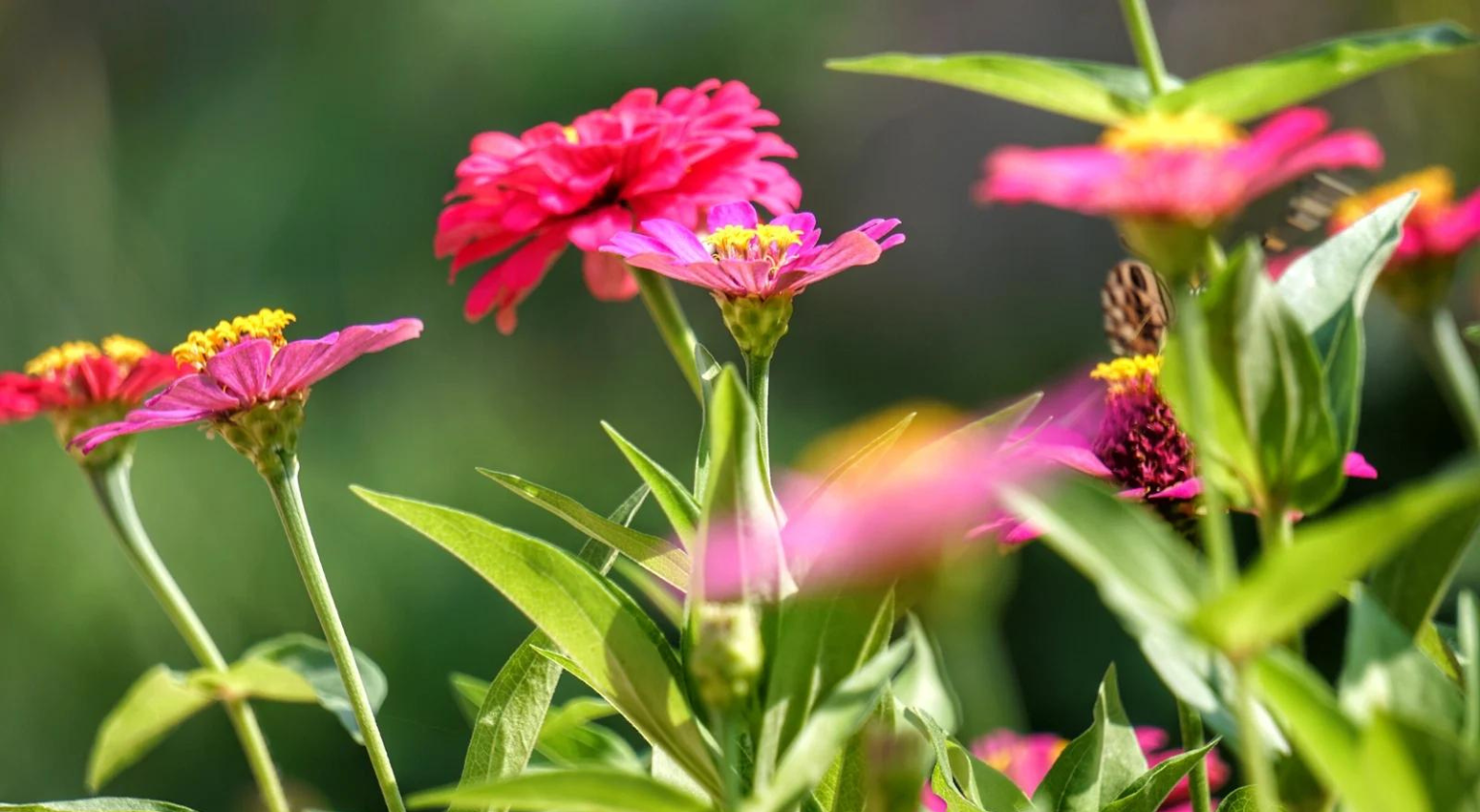 Gardening jobs for August: 10 tasks to protect your garden from harsh rays
Gardening jobs for August: 10 tasks to protect your garden from harsh raysBeat the heat with these August gardening tips
By Lizzie Wilmot Published